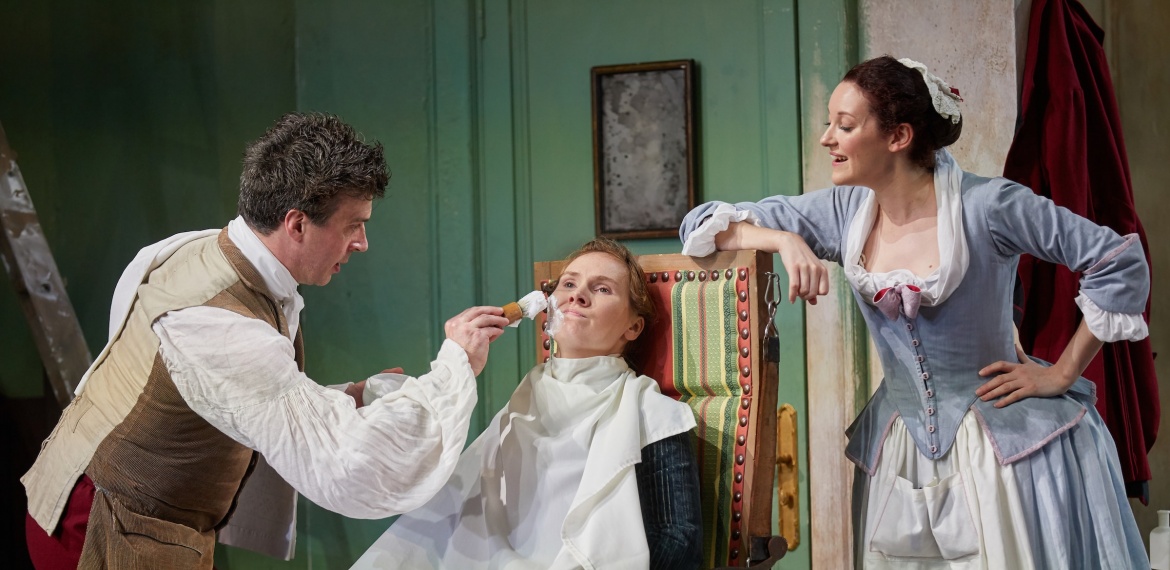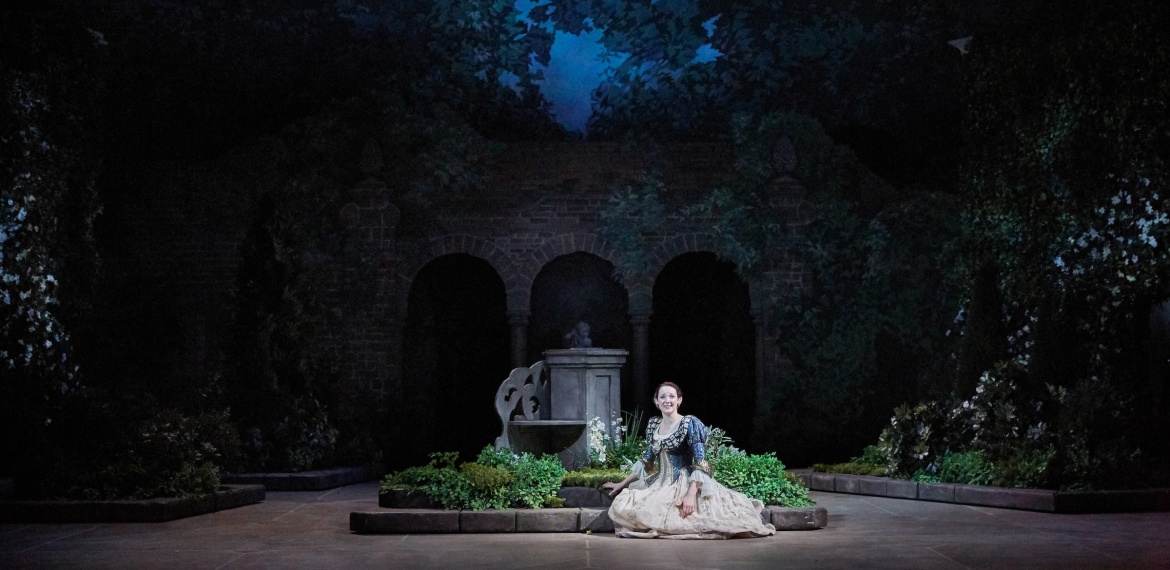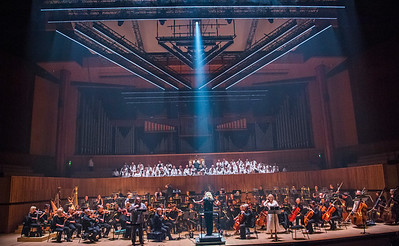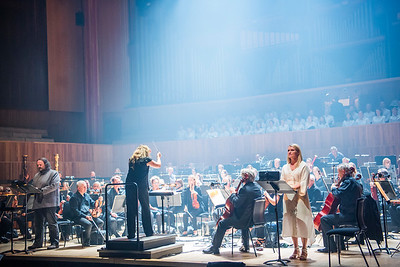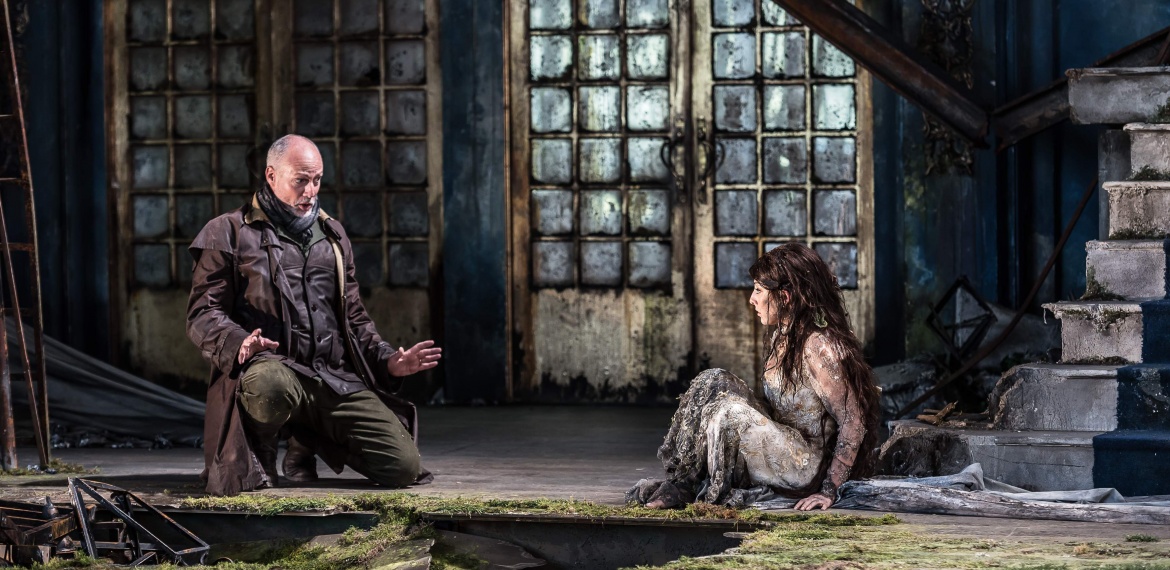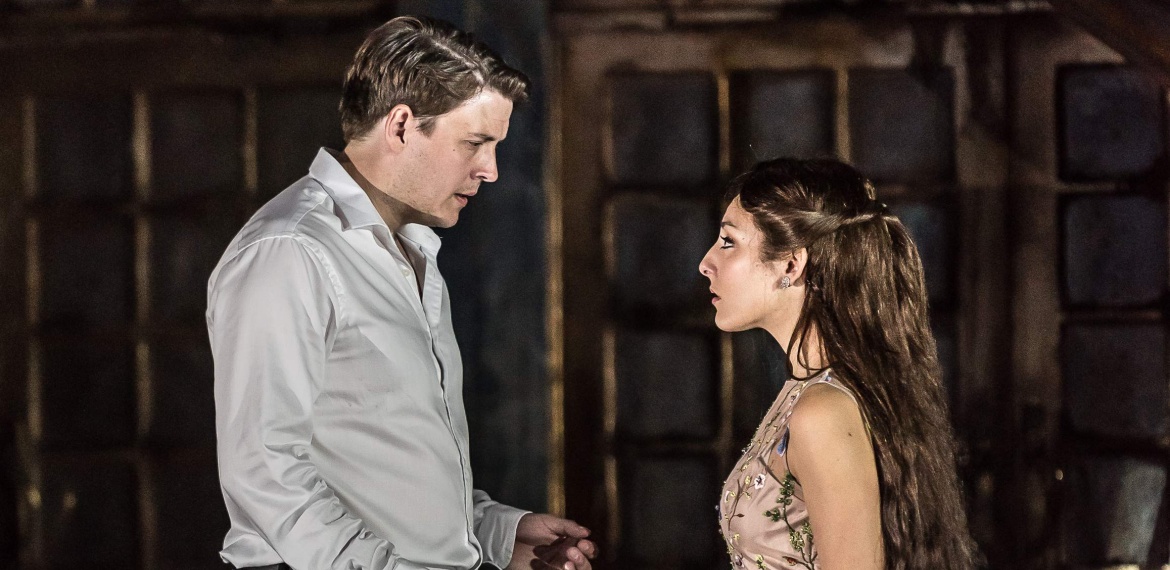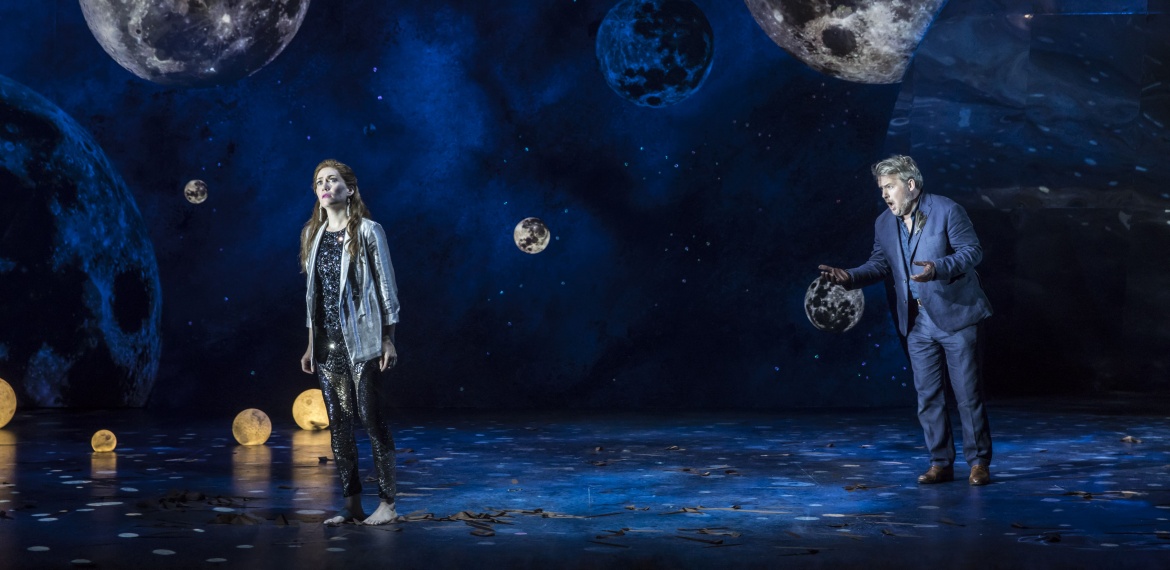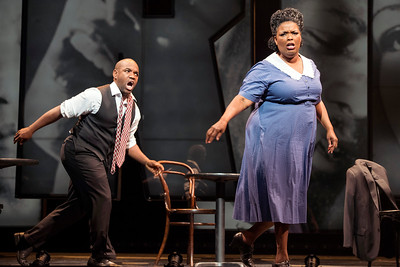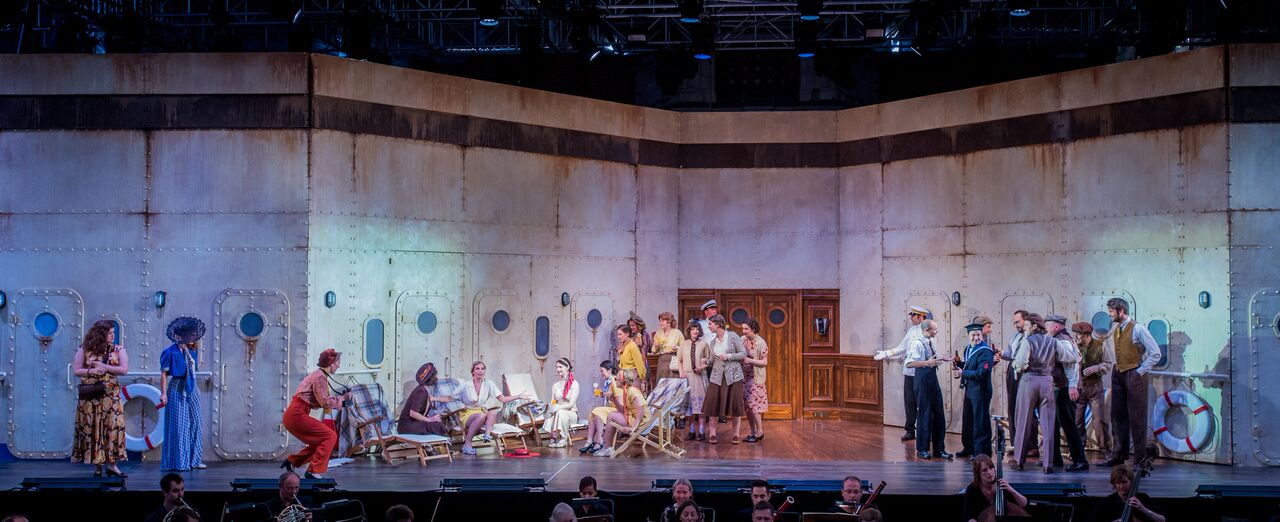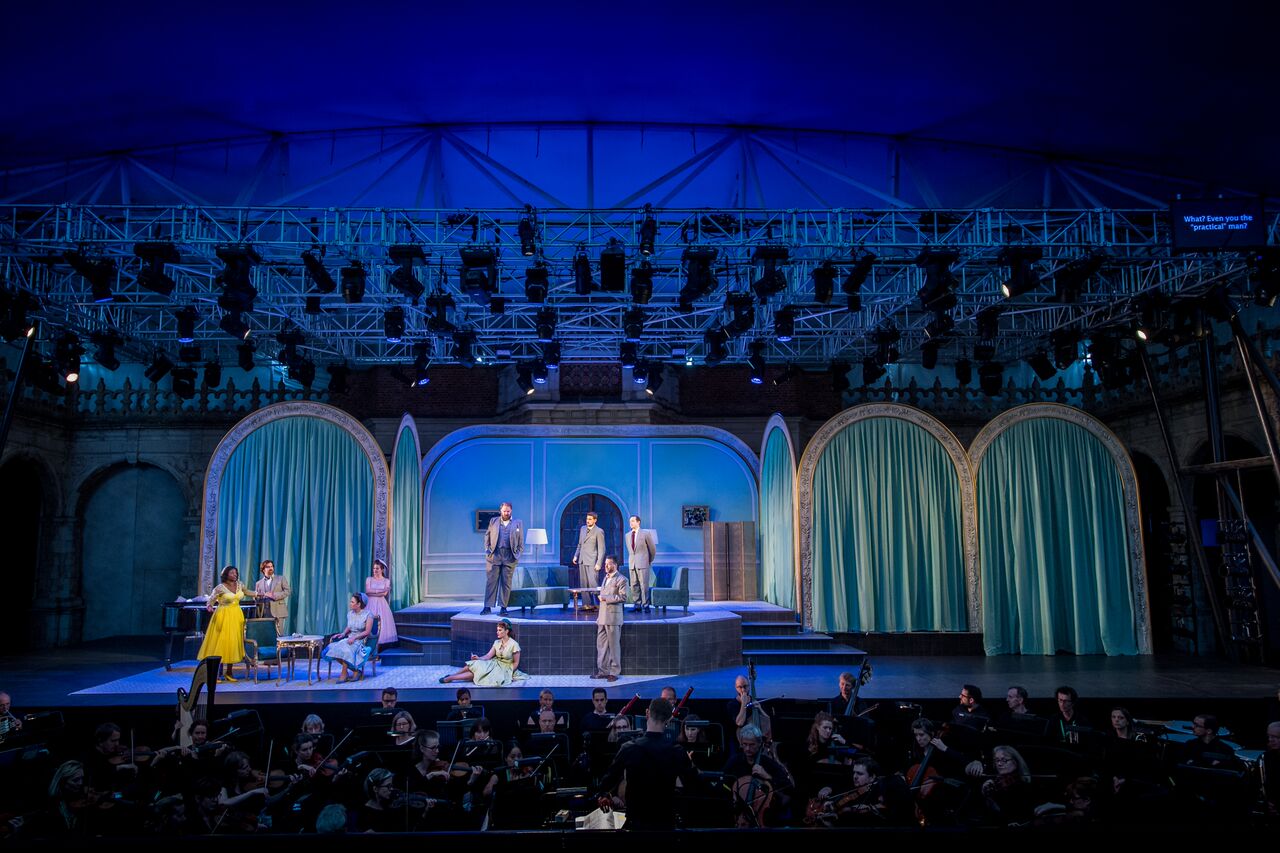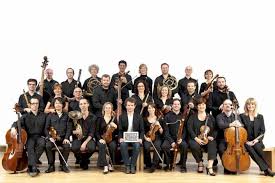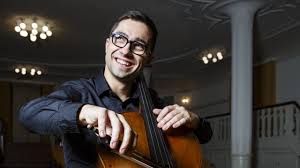Garsington Opera at Wormsley, 11 July 2017
When John Cox’ production of Figaro was first seen at the old Garsington House I reported then that it was the finest I had ever seen and this revival entirely endorses my original opinion. Every move, every entry is entirely justified and logical. Every passed note, every aside, is true to the narrative and in character. When this is wedded to Douglas Boyd’s enthusiastic and limpid conducting, and a sense of flow which carries all before it, it cannot fail.
Thankfully the singers are more than up to the challenge of the production. Joshua Bloom is a rough-diamond Figaro, vocally assertive, and it is easy to see him moving smoothly into a position as a leader of the revolutionary movements which underpin the story. His aprite un po quegli occhi is positively vicious and it is only the strength of Jennifer France’s Susanna that can match him to take on the nobility.
Duncan Rock is a dangerously smooth Count, the voice forthright and powerful, and the personality untrustworthy. He may be forgiven twice but we doubt it will be the end of his libertine ways. Kirsten MacKinnon is a young countess with hints of the younger self we know from the Barber of Seville. This works well and allows that she is naïve, even if she is learning all too quickly how to cope with Almaviva.
Janis Kelly is a superb Marcellina, alive to the nuances of the role and a fine foil to Stephen Richardson’s relaxed Bartolo. The third act recognition/reconciliation scene was magnificent and we see the forces of the bourgeoisie coming together against the wiles of the aristocracy.
There were no weaknesses across the rest of the cast and Marta Fontanals-Simmons proved to be the most convincing Cherubino I can recall.
The settings by Robert Perdziola transfer well to the new venue and there is a lovely conceit for the final act. In the old house this had used the terrace itself, with an entrance from the house stage right and the steps down into the garden on the left. This was reconstructed for Wormsley, with the familiar triple arches at the back and the garden pillars to one side. A lovely tough which worked well both sides of the foot-lights.
The chorus was as enthusiastic as it always is at Garsington, and the orchestra – particularly the fine continuo section – was at its best, despite one of the wettest evenings this summer.
Given the downpour when I visited for Pelleas and now again for Figaro there are concerns that I bring the rain with me! Hopefully the community opera at the end of the season will prove them wrong.

